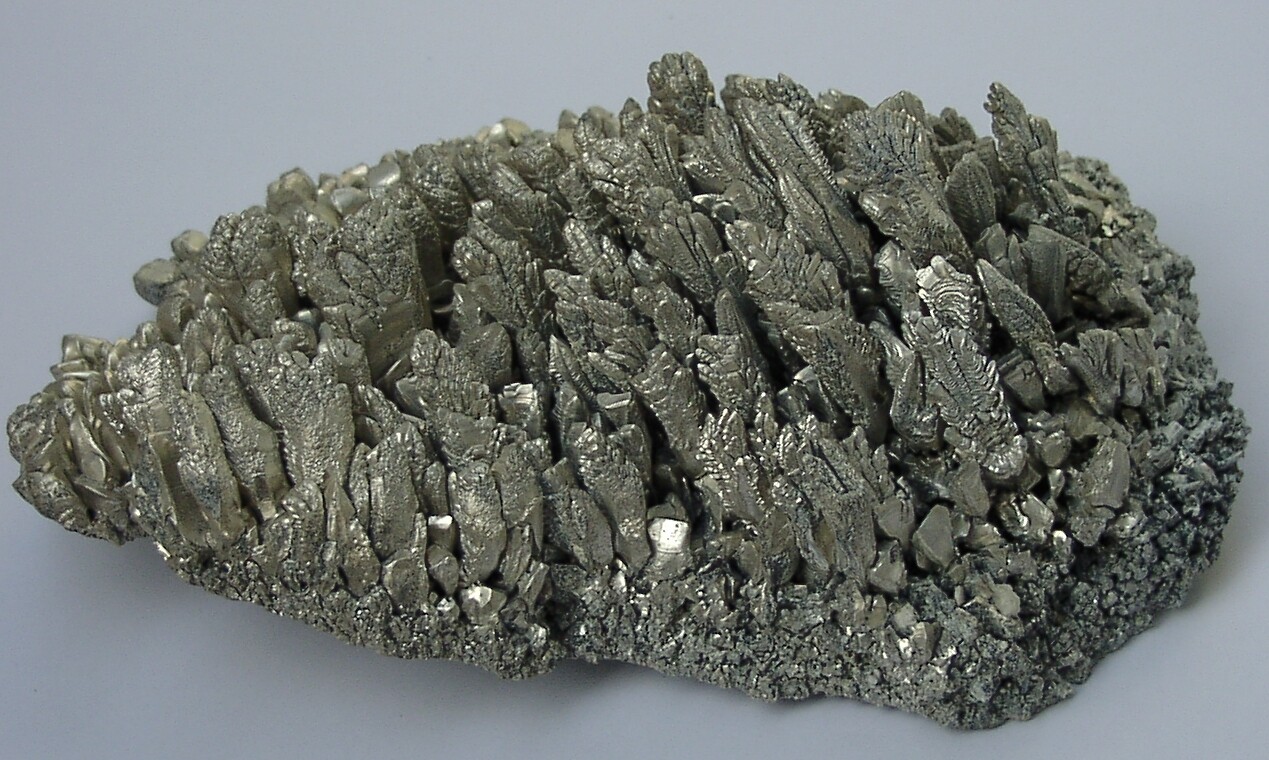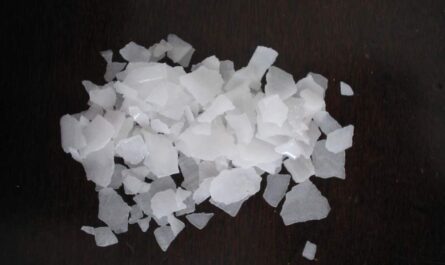The metal is lightweight, strong and has high specific energy, which makes it very useful for many applications. Let’s take a closer look at the properties and uses of this versatile metal.
Physical and Chemical Properties
Magnesium has a hexagonal crystal structure and is considered a light metal. With a density of 1.738 g/cm3, magnesium is the lightest structural metal. It is so light that its relative density is less than aluminum and slightly greater than plastics. However, magnesium’s strength-to-weight ratio is better than aluminum and titanium alloys. The metal has high specific strength, specific stiffness and impact resistance.
Magnesium has a melting point of 649°C and it ignites in air at about 470°C to produce a brilliant white light. This can make it difficult to produce and cast. Magnesium is chemically active and reacts readily with oxygen and most non-noble metals when powdered or at elevated temperatures. However, in bulk form or when coated with other metals, it is reasonably stable against corrosion.
Alloys and Commonly Used Grades
Magnesium alloys are widely used alloys that contain magnesium as the primary metal constituent. Magnesium alloy compositions are normally designated by a system of letters and/or numbers which roughly correspond to the alloying constituents. Some commonly used magnesium alloys include:
– AZ Alloys: Contain aluminum and zinc as major alloying elements. Examples include AZ31, AZ61, AZ80 and AZ91D with 3-9% aluminum and 0.5-3% zinc.
– AM Alloys: Aluminum and manganese are the major alloying elements. An example is AM50 with 5% aluminum and 0.5% manganese.
– Elektron Alloy: Contains aluminum, manganese and zinc. An example is Elektron 21 with 2% aluminum, 1% manganese and 0.4% zinc.
– Magnox Alloy: Consists of magnesium, aluminum and manganese. Used for nuclear reactors.
– WE Alloy: Contains yttrium as a rare earth element along with zirconium. Provides high strength even at elevated temperatures.
– ZK Alloy: Zinc and zirconium alloy. Examples include ZK60A and ZK61A alloys.
Common applications utilize die-cast AZ91D, AM50 and ZK alloys due to their castability properties. Wrought alloys like AZ31B and ZK60 are often used for extruded profiles and sheets.
Major Uses of Magnesium
Magnesium is increasingly finding wide industrial and technological uses due to its many attractive physical properties and the development of alloying techniques. Here are some of the major uses of Magnesium Metal
Automotive Applications
Approximately 50% of magnesium is consumed for automotive applications for both body panels and powertrain uses. Magnesium sheet alloys are lighter alternatives to steel and aluminum for transmission casings, steering wheels, seat frames, instrument panels, and other interior and exterior parts. Alloy wheels and safety cages also use magnesium parts.
Aerospace Applications
Magnesium is one-third lighter than aluminum and is a great metal for aircraft structural components. Parts like seats, control panels, gearboxes, housings find use of magnesium. This helps reduce aircraft weight and improves payload capacity and fuel efficiency substantially.
Electronics
Die-cast magnesium alloys are used for portable electronic housings such as laptop computers, cameras, cell phones, and power tools where light weight is important. These durable Zamak alloys provide vibration dampening as well.
Biomedical Implants
Biocompatible magnesium-calcium alloys are now increasingly researched for uses as medical implants like bone screws, plates and stents that dissolve gradually in the body. New alloys address controllability issues of degradation rates.
Desulphurization in Steel Making
Magnesium is an essential addition in the desulphurization process in steel making. During steel refining, magnesium reacts with oxides and sulphur to remove them before final casting operations. This improves product quality.
Other Uses
Additional uses include die-casting, flashlights, furniture castings, sports equipment, industrial machinery parts where magnesium offers advantages. Future applications based on ongoing R&D include hydrogen storage medium and battery technologies. Overall, magnesium’s versatility adds significant value across many industries.
With its lightweight yet durable properties, magnesium has emerged as an excellent structural metal for a variety of industrial applications. Continuous alloy development is further expanding its uses. Both primary and recycled magnesium production are growing globally to meet rising demands. On the whole, magnesium’s multi-purpose and environment-friendly nature make it an important metal for future technologies and sustainability goals.
Note:
1. Source: Coherent Market Insights, Public sources, Desk research
2. We have leveraged AI tools to mine information and compile it




